
Consuming traditional Indian Sweets is a significant part of the Indian way of life.
In the diverse languages of the Indian subcontinent, sweets are called by numerous names,one common name being MITHAI🍥. They include sugar and other ingredients such as different flours, milk, raw and roasted seeds, seasonal fruits and dry fruits. The composition and recipes of the sweets and other ingredients vary by religion. Mithai are sometimes served with a meal and often included as a form of greetings, celebration, religious offering, gift giving, parties and hospitality in the Indian subcontinent. On south Asian festivals such as HOLI, DIWALI, EID or RAKSHA BANDHAN_sweets are homemade or purchased and then shared. Many social gatherings, wedding ceremonies and religious festivals often include a social celebration of food and the flavours of Sweets are an essential element of such a celebration.

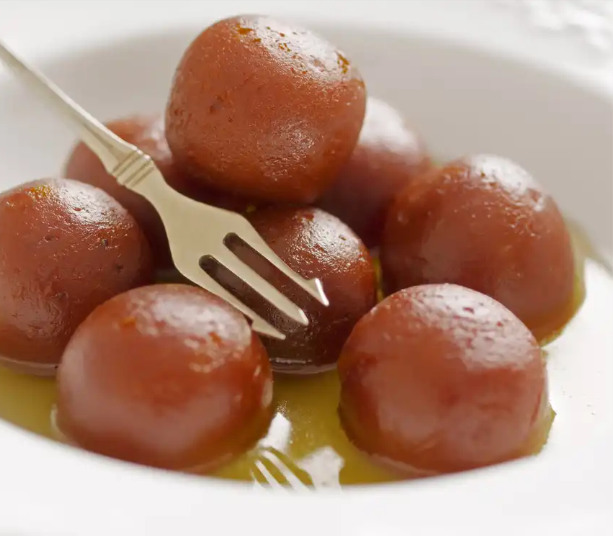
KOZHUKATTAI:
Kozhukatta or kozhukattai is a popular south Indian sweet. Traditionally, kozhukattai has a special importance in the rituals of Lord Ganesha. It is believed to be Lord Ganesha’s favourite food.

VIJAYADHARSHINI.J✨






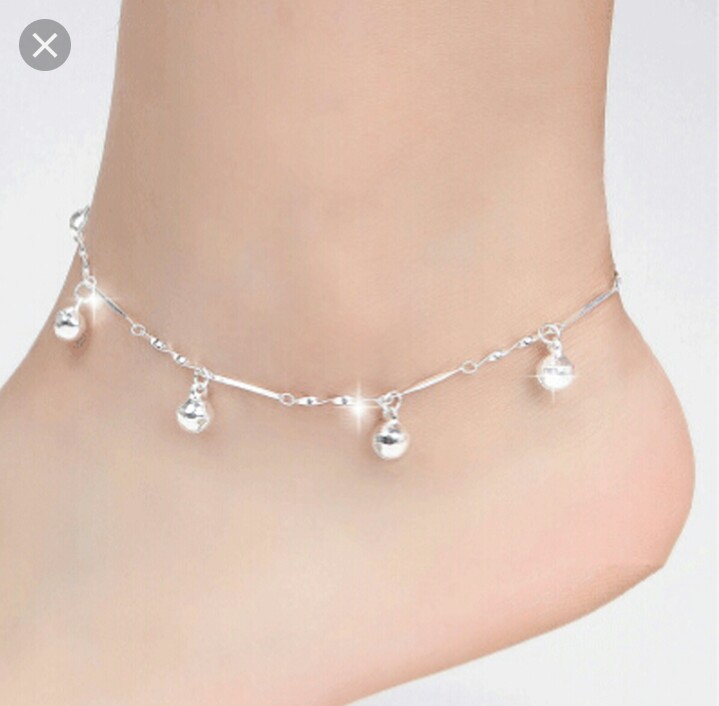
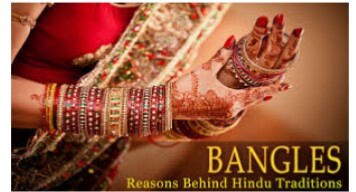
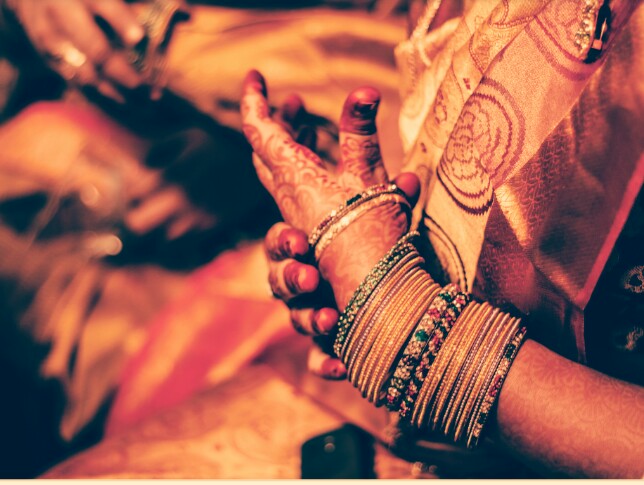



 But nowadays, people are changed they don’t know the values of wearing ornaments they think that it is out of trend . As they are dependent to the western culture they forget the value of their own culture.
But nowadays, people are changed they don’t know the values of wearing ornaments they think that it is out of trend . As they are dependent to the western culture they forget the value of their own culture. 



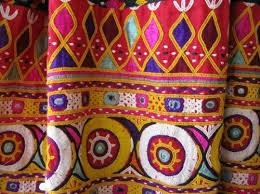



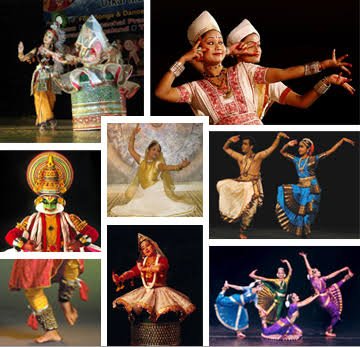
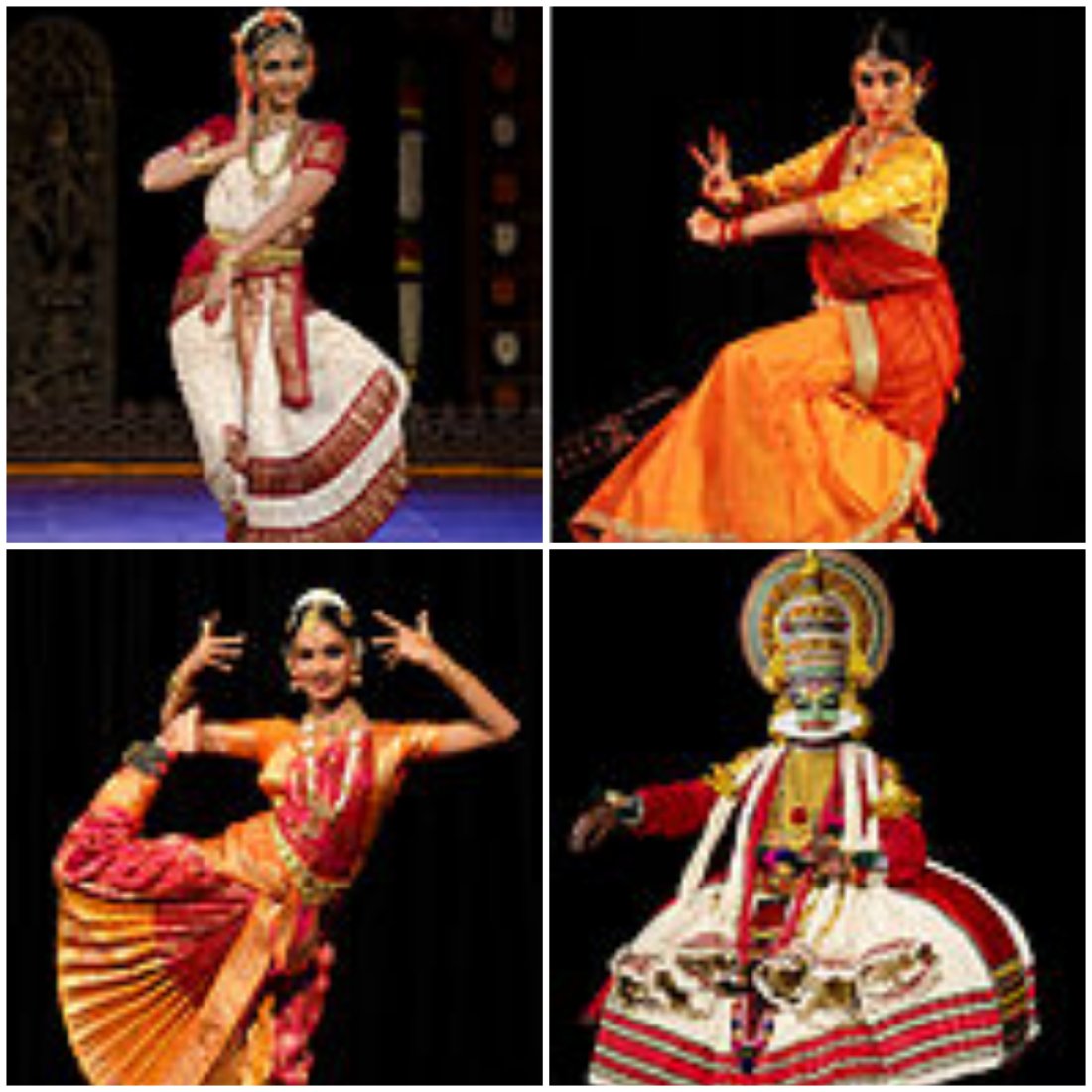



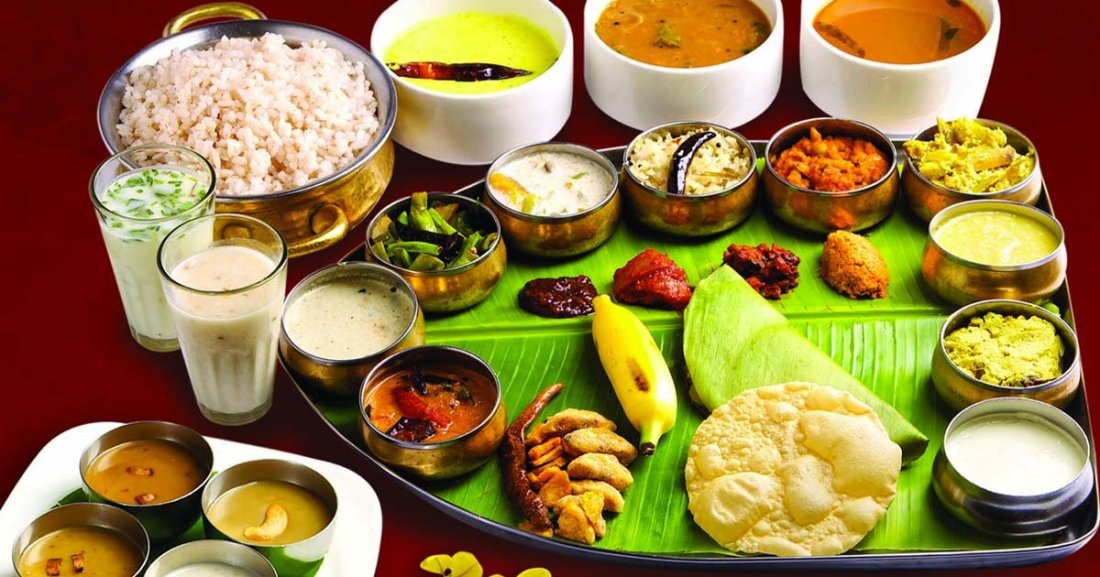
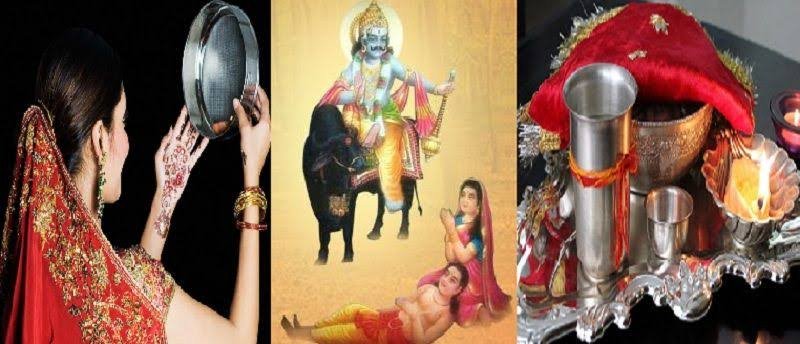

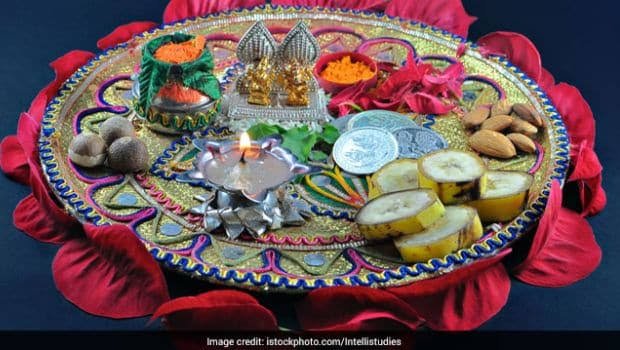

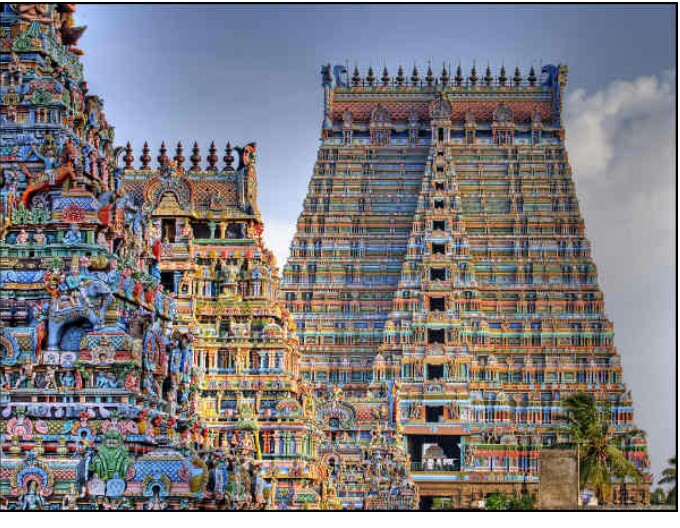


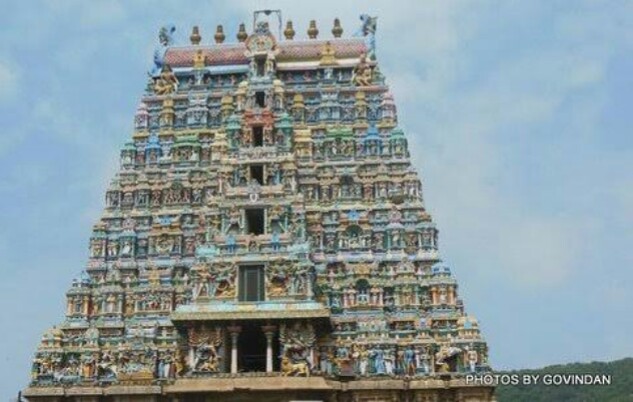


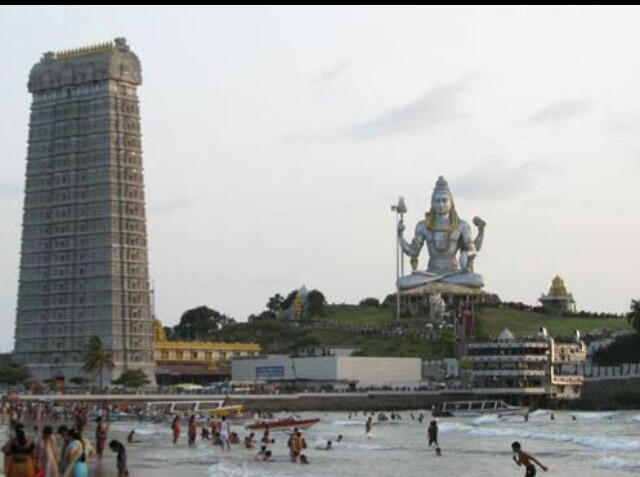 ~ u Swathi Priya
~ u Swathi Priya